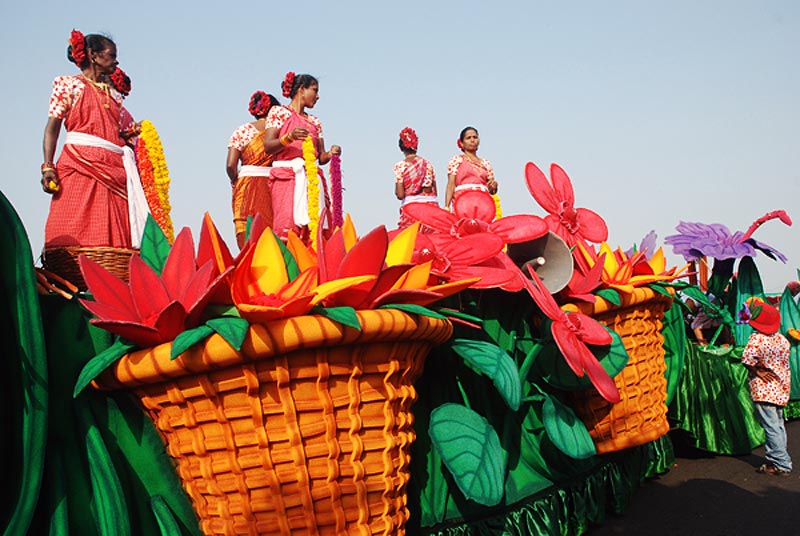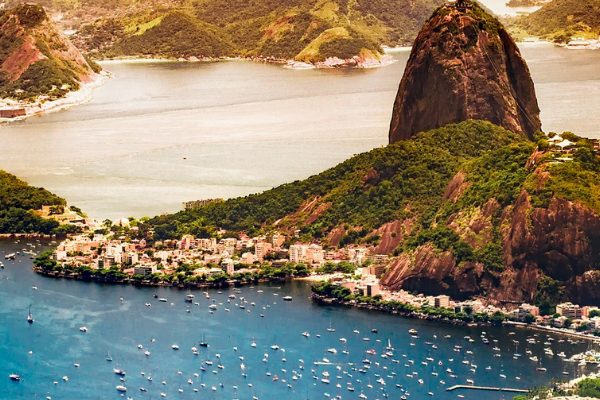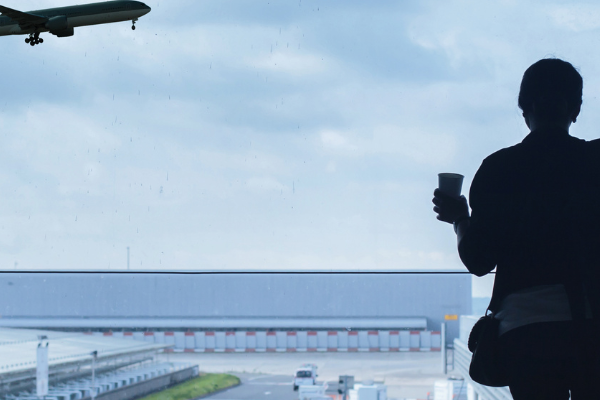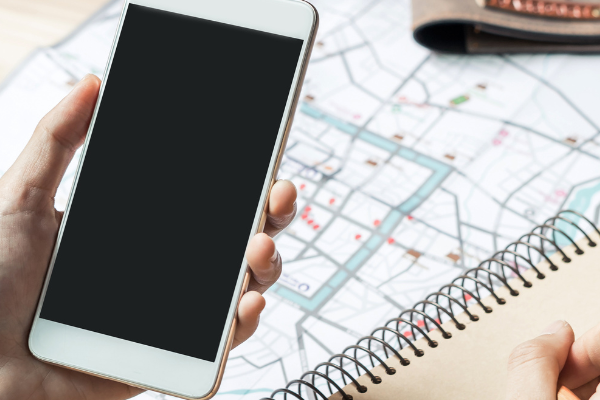Is there a more festive country than India? The proliferation of people and religions ensure that there is something going on throughout the year, from Kerala temple festivals to a unique interpretation of carnival. Here are eight of the most spectacular festivals in India:
Holi
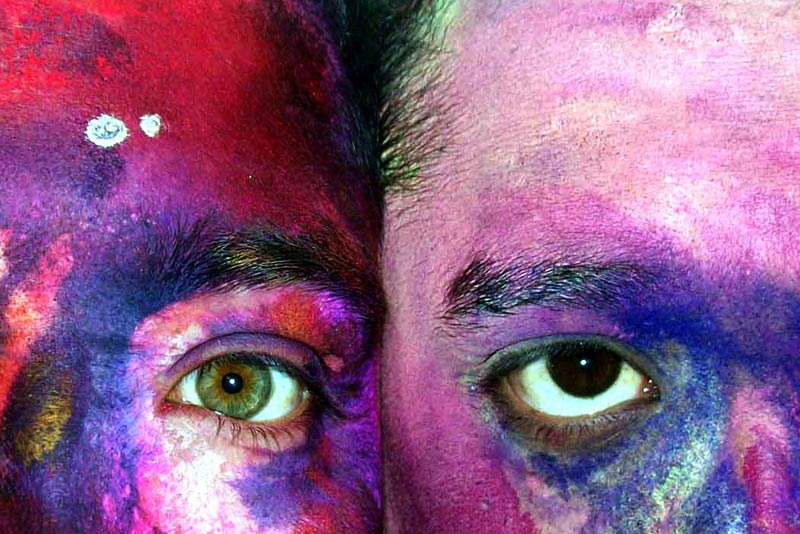
Photo: Diganta Talukdar
Surely one of the world’s most photogenic festivals, Holi is a Hindu spring celebration that has become popular with many communities. Also known as the festival of colour, the high point of the event involves walking down the street, splashing the people you meet with paints, and being painted in return. By the end of the day, everyone ends up covered in brightly coloured dyes. Another essential part of the tradition is the Holika Dahan bonfire, which is a great spectacle after the sun has set.
Diwali (Deepavali)
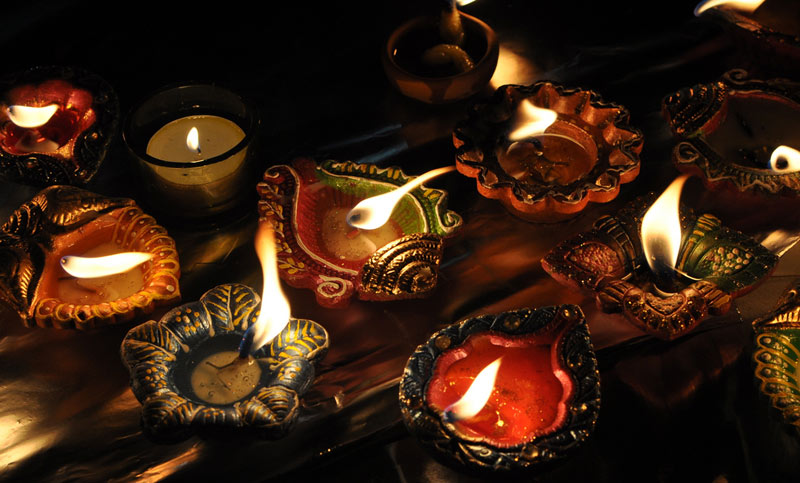
Photo: Jasleeen Kaur
Celebrated throughout the country, the festival of lights is one of India’s largest festivals and signifies the triumph of good over evil. Celebrated in Hinduism, Jainism and Sikhism, the festival lasts for five days. On the second day, people illuminate their homes with diyas and burst crackers, setting the mood for the third day, when houses are illuminated with candles and fireworks are let off. Diwali usually falls somewhere between mid-October and mid-November.
Ganesh Chaturthi
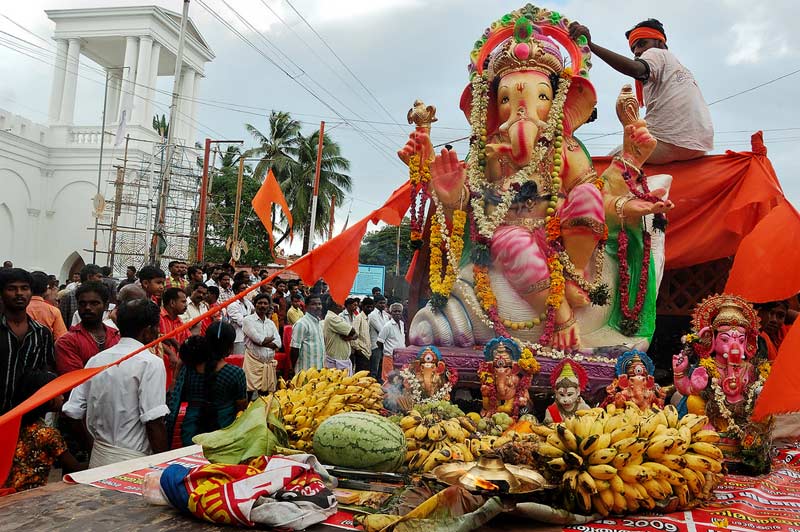
Photo: Thejas Panarkandy
Honouring the birth of elephant-headed god Lord Ganesha, this eleven-day festival sees huge, elaborately crafted statutes of Ganesha installed in homes and on public podiums. The statutes are then paraded through the streets, accompanied by much singing and dancing, and ultimately submerged in the ocean.
Goa Carnival
A tradition brought to Goa by the Portuguese, carnival has expanded beyond the local Christian community. Known as ‘Intruz’ (from the Portuguese word Entrudo), the largest celebration takes place in the city of Panaji. The Carnival is celebrated for three days and nights, when King Momo takes over the state and the streets come alive with music and colour. Huge parades take place throughout the state with bands, dances and floats out all night on the streets.
Pushkar Fair
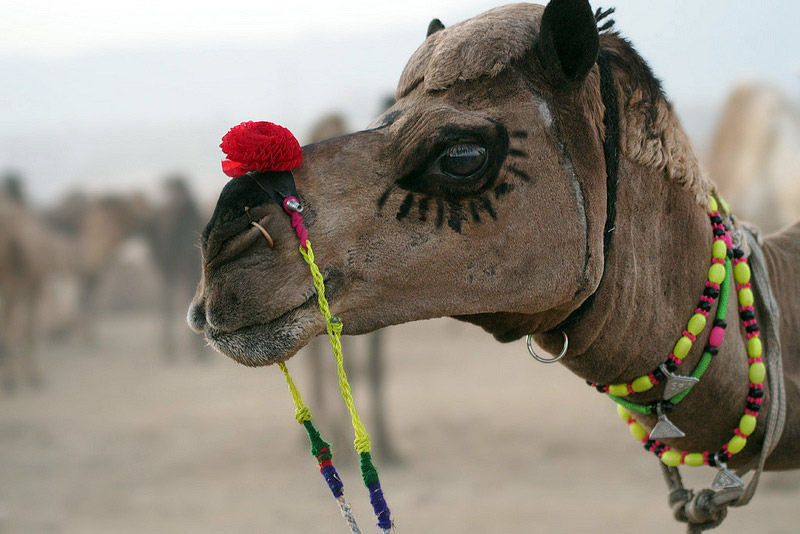
Photo: Anaurag Agnihotri
Bringing farmers, traders, villagers and lots of camels from all over Rajasthan, the Pushkar Fair is a truly unique experience. During the first half of the festival, the animals are the stars, with races and various other competitions. In the second half of the festival, religious ceremonies take place, including bathing in the local lake. There is music and dancing throughout. When the men are trading animals, women go to stalls laden with bracelets, clothes, textiles and fabrics. The fair takes place in October/November and offers a glimpse into longstanding traditions.
Independence Day
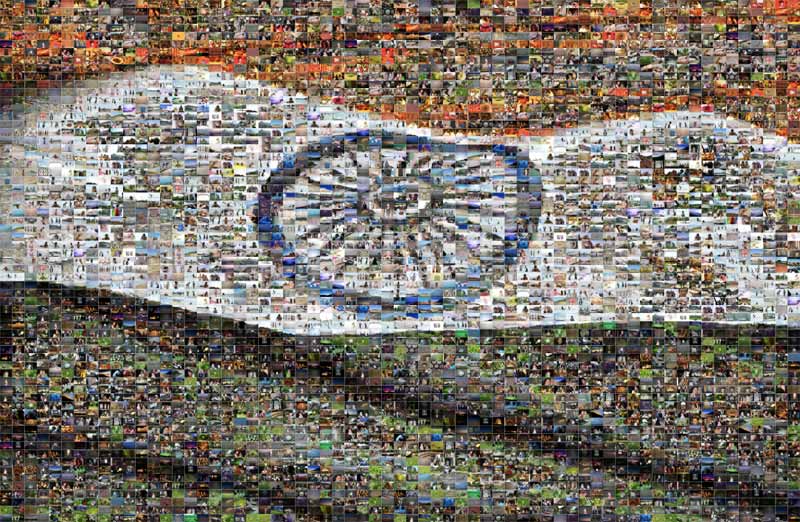
Photo: Dinesh Cyanam
“At the stroke of the midnight hour, when the world sleeps, India will awake to life and freedom. A moment comes, which comes but rarely in history, when we step out from the old to the new…India discovers herself again.” – Jawaharlal Nehru. Many of India’s festivals have become multicultural, but this one has always been for every Indian, irrespective of caste, creed and religion. 15th August is a national holiday and people enthusiastically celebrate independence from the British Empire, which was granted in 1947.
Navaratri, Dussehra, and Durga Puja
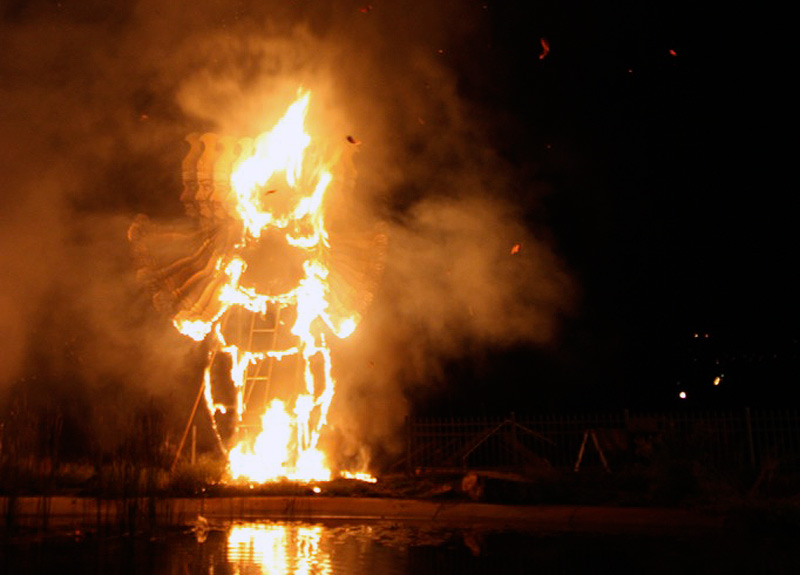
Photo: Jeremiah Roth
The largest celebrations take place in Delhi and Varanasi, where giant effigies of Ravana, Meghnada, and Kumbhakarna are built in the days leading up to Dussehra, preceded by the nine-day Navratri. Large effigies of the ten-headed Ravana, king of Lanka, his brother Kumbhakarna, and son Meghnad, are erected and, at sunset, burned to ashes. They are stuffed with phosphorus firecrackers containing to purify the atmosphere and illuminate the sky.
Onam
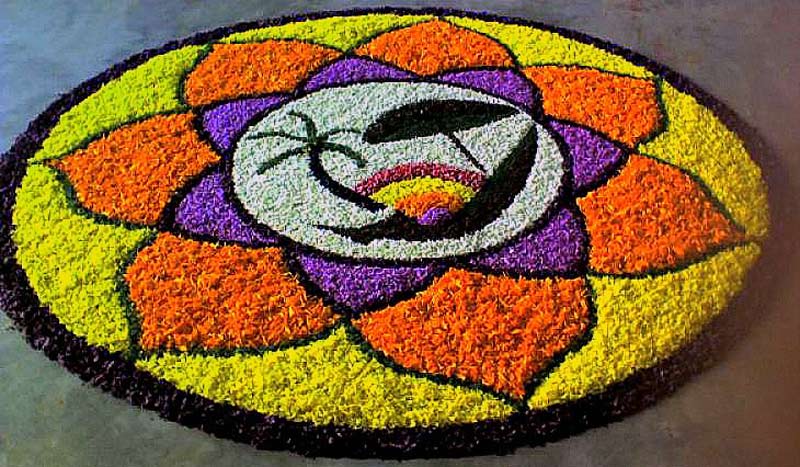
Photo: Anoop Joy
Celebrated in the southern province of Kerala during the Malayalam month of Chingam (end of August and start of September), Onam celebrates the return of King Mahabali, the kind demon king who once ruled the land. People decorate their homes with fresh flower mats known as ‘Pookalam’ to welcome the King Mahabali. The festival is also a harvest festival and on the final day a grand lunch called ‘Sadya’ brings to an end ten days of feasting, boat racing, music, dancing and spectacular processions.
Find out more about an English course in India with ESL.
Have you been painted during Holi? Purchased a camel bride at Pushkar? Share your experiences in the comments.
